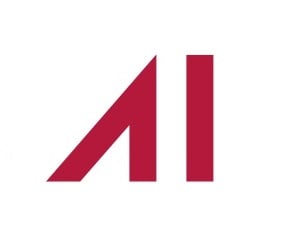Infrastructure improvements and targeted safety programmes receive much of the focus for achieving a Vision Zero transport system. However less attention is given to transport and land use activities that could undermine this ambitious goal.
There are many examples of transport and land use planning activities that increase the potential for a serious crash. Permitting unsafe speed limits and operating lanes (e.g. bus lanes) with different operating speeds. Designs that widen roads and increase crossing distances for pedestrians. Allowing kerb-side parking close to intersections which limits visibility. Advertising signage at high-risk locations. Even closing smaller schools and replacing them with a single, larger campus increases safety risks, as this can require students to travel further and increases their exposure to hazards on the road.
Much of this reflects a failure to assess the road safety consequences of policy, design, and development decisions. In some cases, it is ‘death’ by a thousand cuts – the impact of many seemingly minor and independent planning decisions and actions that cumulatively increase crash risk.
The New Zealand government is committed to Vision Zero in the Road to Zero strategy – a future vision of no fatal and serious injury crashes on our roads. The Strategy identifies many major road safety interventions that aim to lower the overall number of deaths and serious injuries in New Zealand. However, we also need to look at preventing crash risks across all areas of local and central government land use and transport decision making.
Roadside advertising is one example. This type of advertising is intentionally designed to draw the attention of drivers and passengers away from the road, yet distraction is a contributing factor in many serious crashes. With so many advertising channels now available, why do we allow roadside signage to proliferate on high-speed roads? Of concern is the increasing number of digital billboards, with their variable bright and distracting advertising messages. Imagine the cumulative effects of roadside advertising and its role in distraction-related crashes across New Zealand.
To effectively address transport and land use decisions that move us away from Vision Zero, we need to better understand the safety impacts of these decisions. This includes modelling the impacts of these activities at a national level and changing policies where the impact is proved to be unacceptable.
Secondly, more detailed safety analysis of major roading projects should be undertaken to ensure we are achieving the best possible safety outcome for that project, even if the project is not specifically a road safety project, like adding a bus lane.
.png?width=556&height=152&name=Abley_MasterLogo-Website%20(1).png)



